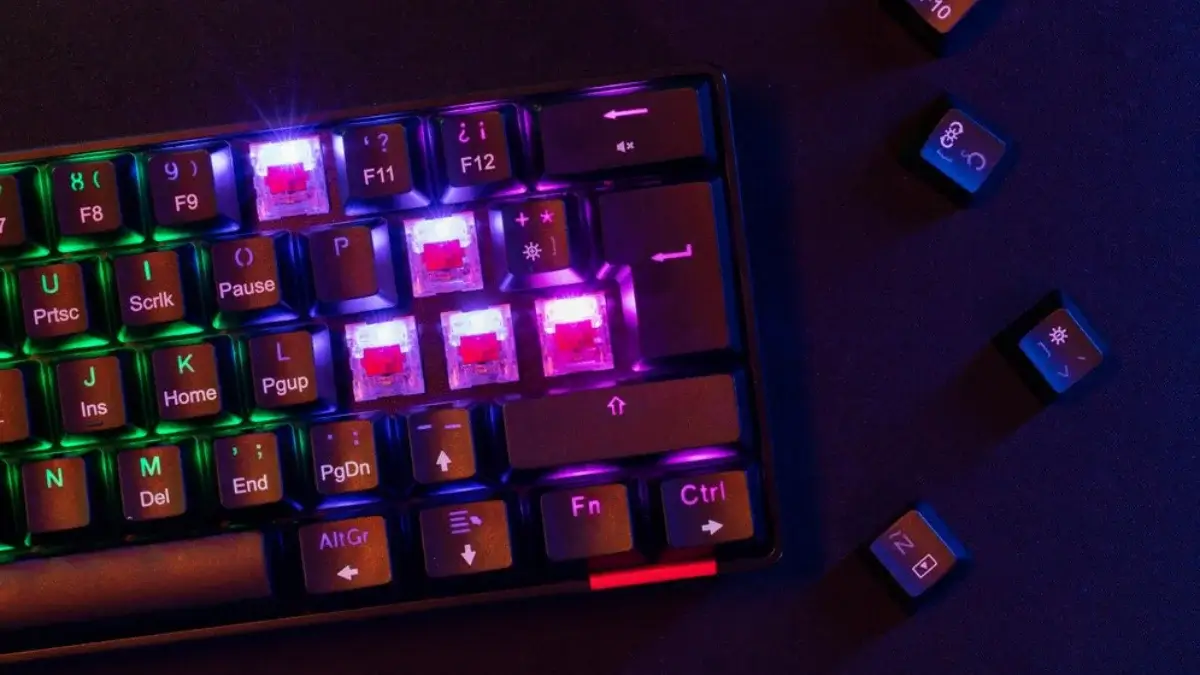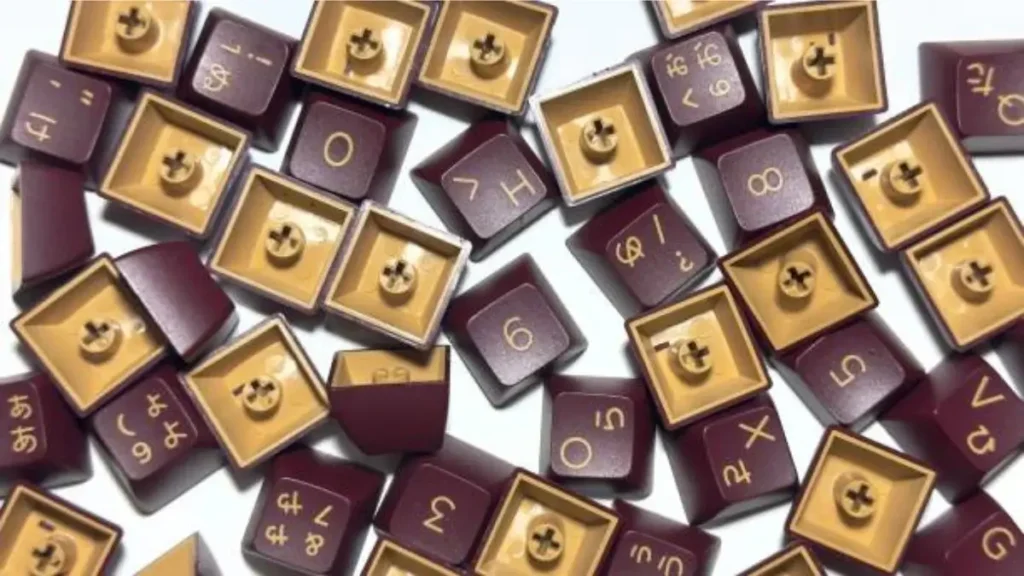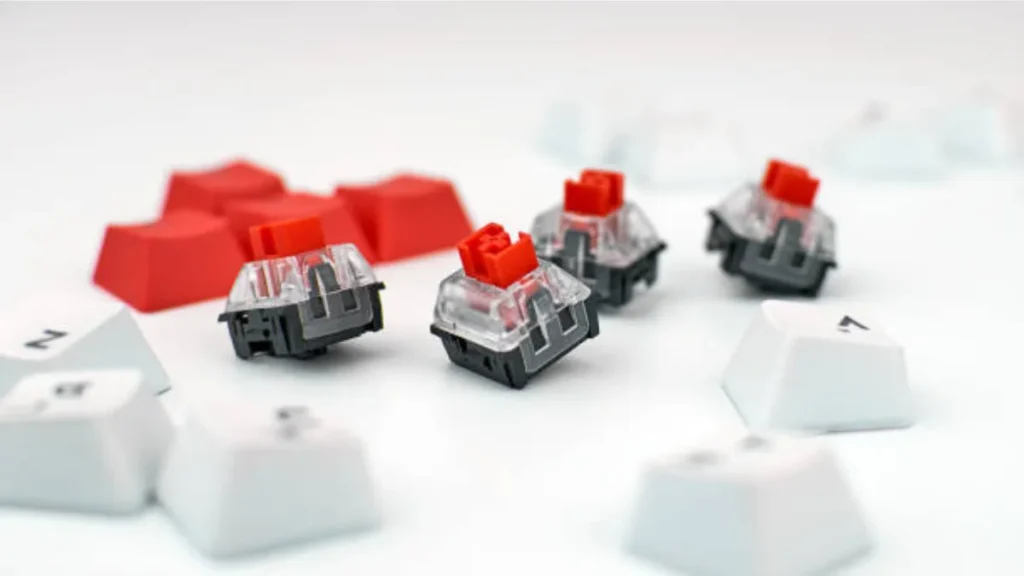GENERAL
What’s the Deal With Keycaps and Switches?

Mechanical and semi-mechanical keyboards feature different switches. If you are considering investing in a premium keyboard, you should know what the deal is with these components. Discover the difference between keycaps and switches, find out how silent keyboard switches work and learn what sets Topre switches apart from other mechanical switch designs.
Table of Contents
The Difference Between Keycaps & Switches
The keycaps are the components on a keyboard that you touch to type. These plastic caps labeled with letters, characters, commands and shortcuts cover the switches on a mechanical or semi-mechanical keyboard. You can choose from many different keycap types and several switch designs.


Switches are the underlying mechanisms that register keystrokes when you press keys. Other parts under mechanical keyboard keys typically include springs and circuits. Various types of switches can have tactile differences based on the actuation force necessary to register keystrokes and the presence or absence of a tactile bump that produces audible feedback.
The Top Quietest Switches
Some keyboard enthusiasts seek out quiet switches. Cherry MX Silent Red linear switches are some of the quietest mechanical switches. Cherry MX Standard Red switches make more sound than the Silent version, but are quieter than Brown or Blue switches. Silent Red switches are rated for 50 million keypresses.
Many users prefer the experience of using a keyboard that has Topre switches. The design of these switches emits a thick sound that is still more quiet than many mechanical key clicks. The smooth actuation of Topre switches surpasses many mechanical keyboards. These switches are also rated for a lifespan of 50 million keypresses or years of nonstop typing.
Topre vs Other Switches
Each Topre switch features a key switch plunger housed above a rubber dome containing a spring. When you press a key, the plunger moves toward the dome, compresses the spring and a circuit board below the spring registers the keystroke. Keyboards with Topre switches are electrostatic and capacitive, though these designs are sometimes referred to as semi-mechanical.


Mechanical switches usually use thermoplastic components to compress springs that cause metal parts to make contact with circuits and register keypresses. Mechanical and electrocapacitive switches both differ from non-mechanical membrane keyboards that only consist of keycaps over silicone domes and circuit boards.
Tips for Choosing Keycaps and Switches
When upgrading digital devices and peripherals such as scanners for FADGI compliance, printers or keyboards, it can be helpful to do some research and experimentation. Trying out keyboards with different switches is the best way to determine which design you prefer for the amount and speed of typing that you do on a daily basis. Most people do not fully grasp how keyboards with Topre switches differ from other options until they actually type on a keyboard that features these switches.
A basic understanding of the purpose of keycaps and switches can be helpful when you are considering buying a mechanical or semi-mechanical keyboard. Once you have a sense of the differences between switches, you can start to narrow down all of the available keyboards to the best options for your typing needs.
-



 GENERAL3 weeks ago
GENERAL3 weeks agoUncovering the World of кинокрадко: The Dark Side of Film Piracy
-



 GENERAL2 weeks ago
GENERAL2 weeks agoUnveiling the Art of преводсч: How Translators Bridge Language Barriers
-



 GENERAL3 weeks ago
GENERAL3 weeks agoThe Journey of iamnobody89757: From Anonymous User to Internet Sensation
-



 YOGA4 months ago
YOGA4 months ago4 Person Yoga Poses for Beginners





















